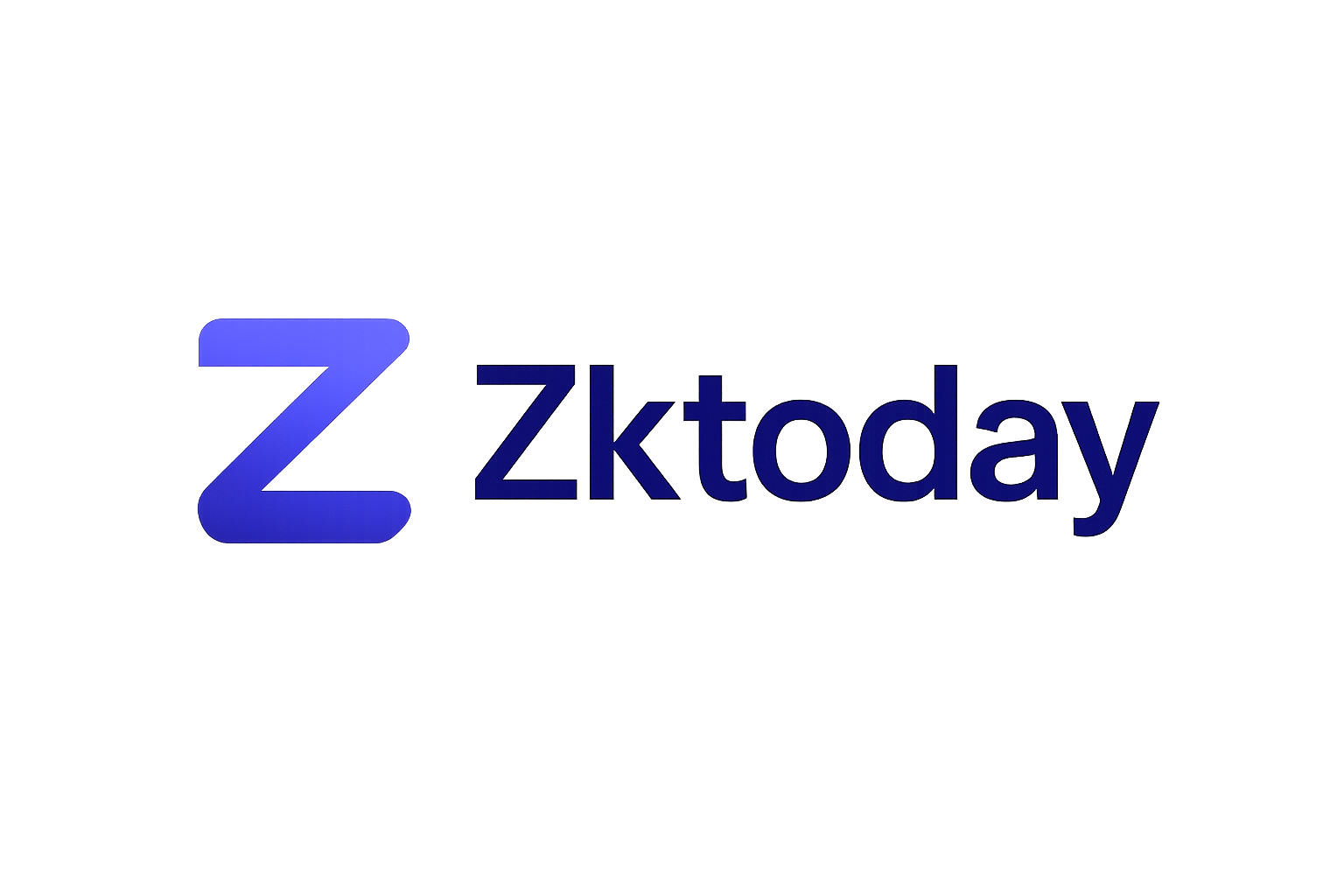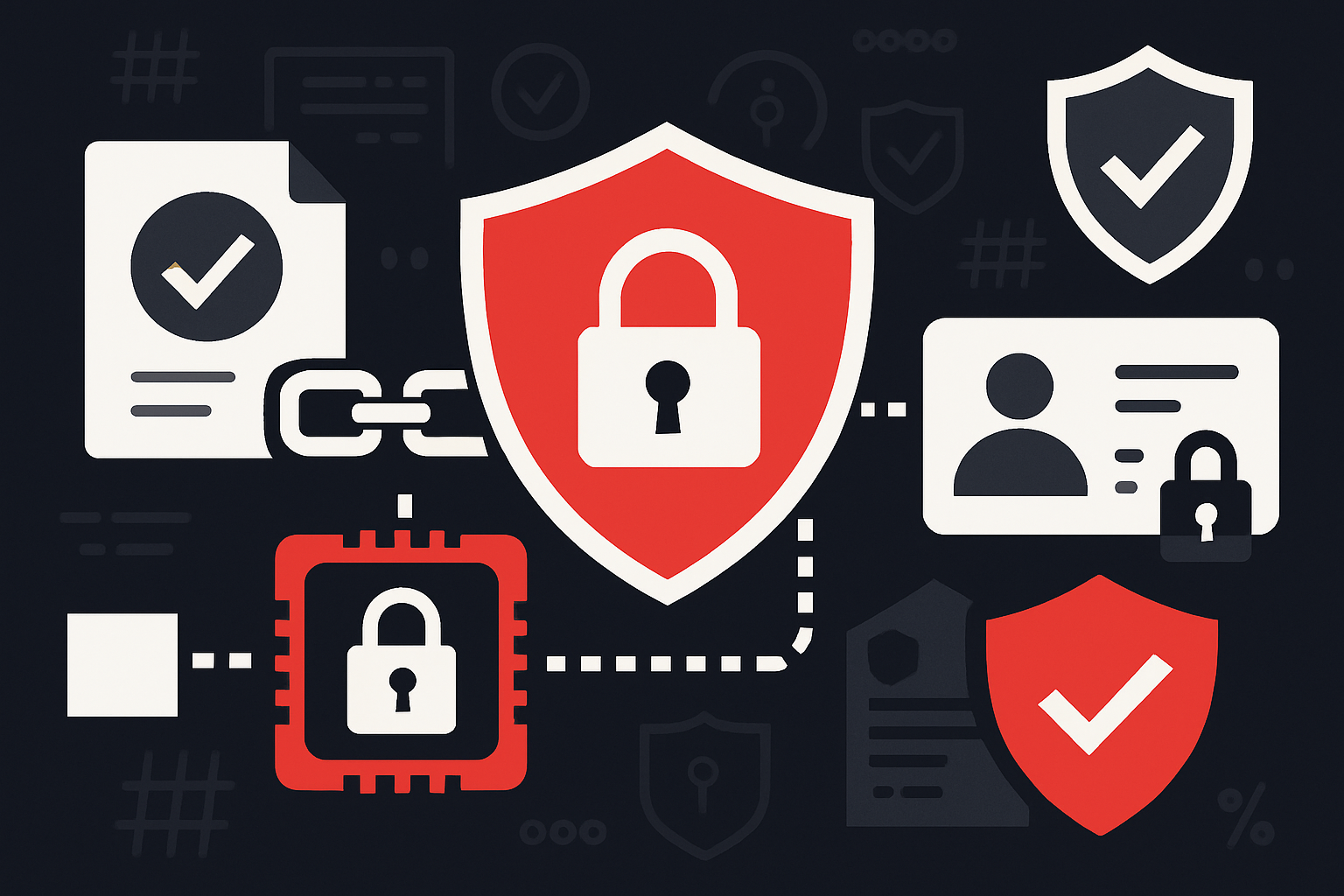
As the blockchain industry enters a new era of scalability, parallel execution is emerging as the linchpin for next-generation zk rollup scaling solutions. The relentless demand for higher throughput and lower latency has exposed the constraints of monolithic chains, fueling the rise of modular architectures. Within this context, parallel execution is not just a technical upgrade; it is a paradigm shift that redefines what’s possible for decentralized applications and infrastructure.
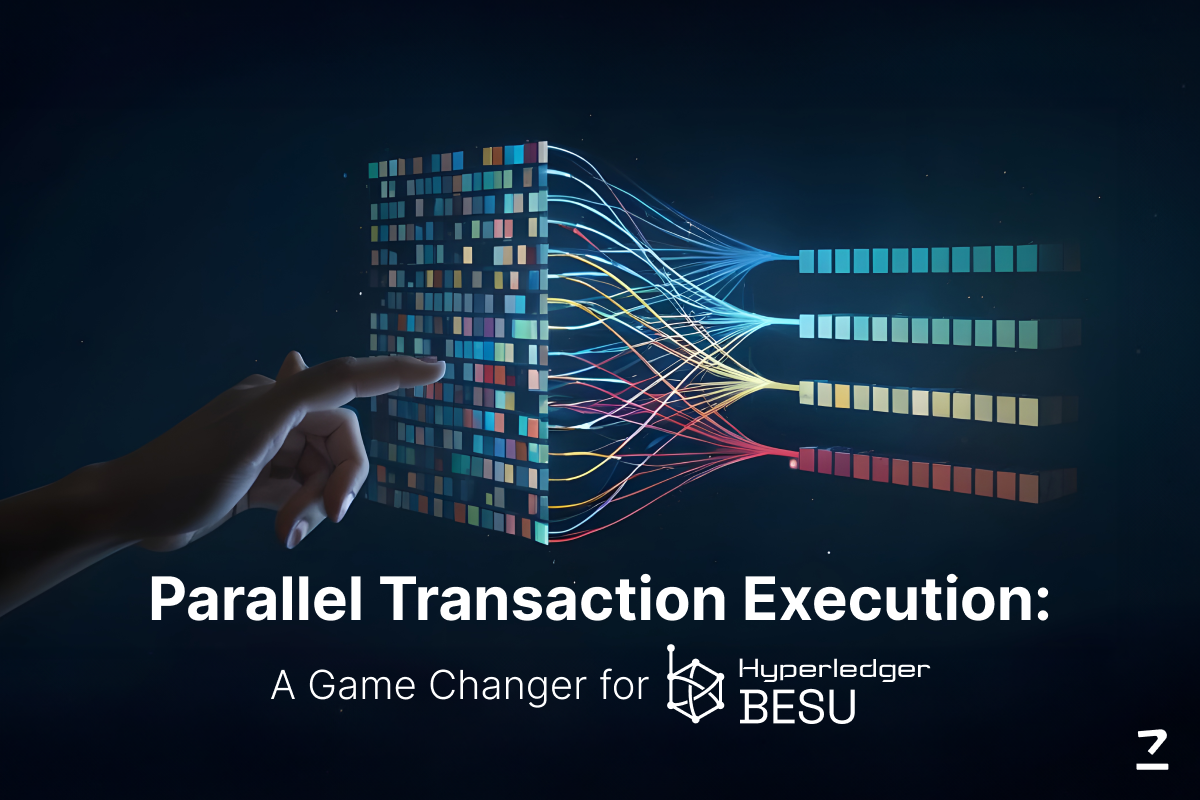
Why Sequential Execution Hits a Wall
Traditional blockchains have long relied on sequential transaction processing. While this approach guarantees deterministic outcomes and simplifies state management, it severely limits throughput. As network activity surges, users experience congestion, higher fees, and delayed finality. This bottleneck is especially pronounced in execution-heavy environments like DeFi and gaming, where transaction volumes can spike unpredictably.
Even early zk rollups, which batch and compress transactions using zero-knowledge proofs, inherit this limitation if the underlying execution model remains sequential. The result: a mismatch between the theoretical scalability of zk proofs and the practical throughput of the rollup’s execution layer.
Parallel Execution: The Modular Blockchain Advantage
Enter modular blockchains, where execution, consensus, and data availability are decoupled into independent yet interoperable layers. In this architecture, parallel execution engines like Altius are setting new industry benchmarks. By allowing multiple execution environments to run concurrently, each optimized for specific workloads, modular blockchains unlock scalability that rivals Web2 performance.
Projects such as Anthemius have introduced block construction algorithms purpose-built for parallel transaction processing. According to recent research, these approaches have demonstrated the ability to process more than twice as many transactions per second compared to traditional sequential methods. This leap is achieved without sacrificing the integrity or security guarantees that zero-knowledge proofs provide.
How Parallel Execution Supercharges zk Rollups
For zk rollups, the integration of parallel execution is transformative. Instead of processing a single batch of transactions at a time, rollups can now execute multiple batches in parallel. This not only accelerates the generation of zero-knowledge proofs but also increases the overall throughput of the system. The result is a rollup that can handle a much higher transaction volume, reduce latency, and maintain robust security and decentralization.
Altius’s modular, VM-agnostic execution layer exemplifies this trend. By supporting parallel execution across different virtual machines, it enables developers to tailor execution environments for diverse use cases, from DeFi protocols to gaming dApps, without being constrained by a single global environment. This flexibility is critical for scaling complex, heterogeneous ecosystems.
Decoupling Execution From Consensus: The Data Availability Connection
One of the most significant breakthroughs enabled by parallel execution is the decoupling of execution from consensus and data availability. In a modular stack, each layer can optimize independently. For example, execution shards can process transactions in parallel, while a separate data availability layer ensures that all necessary data is accessible and verifiable. This architecture not only boosts throughput but also enhances security and composability across chains and applications.
For an in-depth exploration of how parallel execution is unlocking true scalability in modular data availability layers, see this detailed analysis.
By leveraging parallel execution, modular blockchains are finally addressing the persistent bottlenecks that have limited the practical scalability of zk rollups. The interplay between execution, consensus, and data availability layers is no longer a zero-sum game. Instead, each layer can independently scale and optimize, supporting a new class of decentralized applications that demand both speed and trustlessness.
Key takeaway: Parallel execution enables zk rollups to process multiple transaction batches simultaneously, dramatically increasing throughput while preserving the security and privacy guarantees inherent to zero-knowledge proofs.
Top Benefits of Parallel Execution for zk Rollups
-
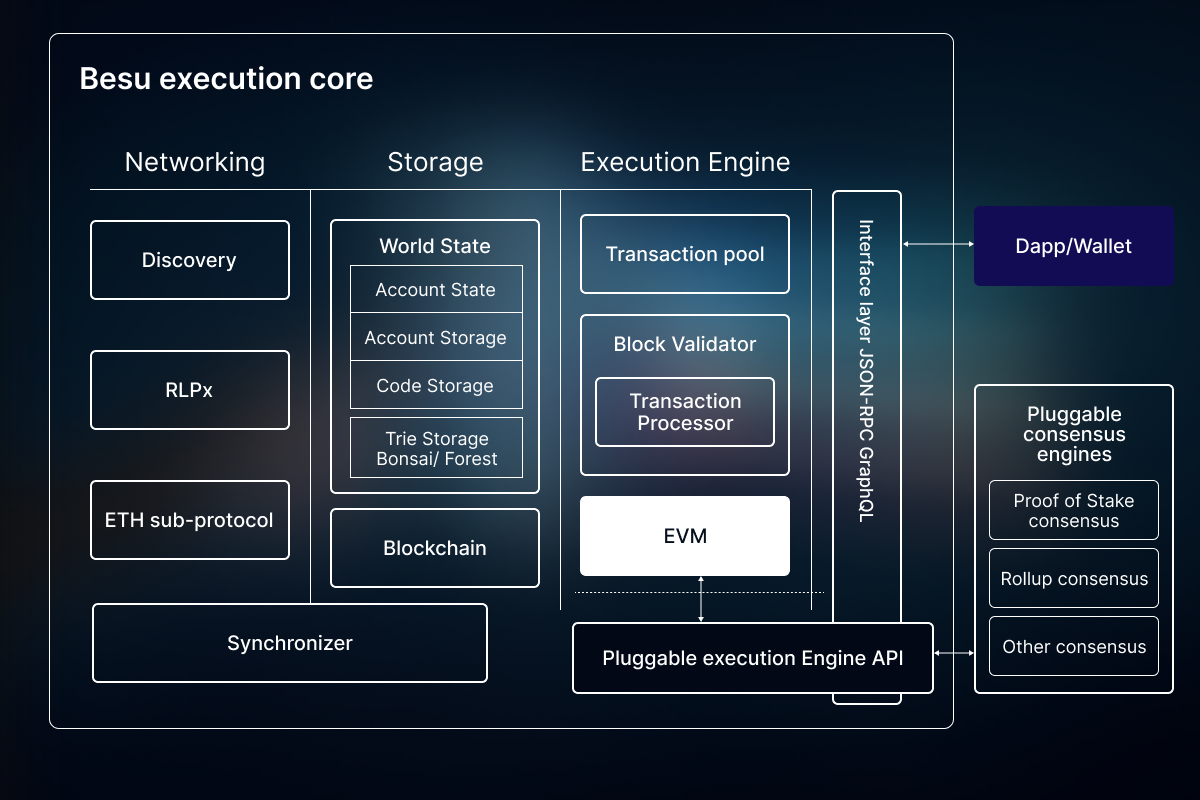
Significantly Increased Throughput: Parallel execution enables zk rollups to process multiple transactions or batches simultaneously, dramatically boosting the number of transactions handled per second compared to traditional sequential processing. Example: The Anthemius project demonstrated over twice the throughput versus sequential methods.
-
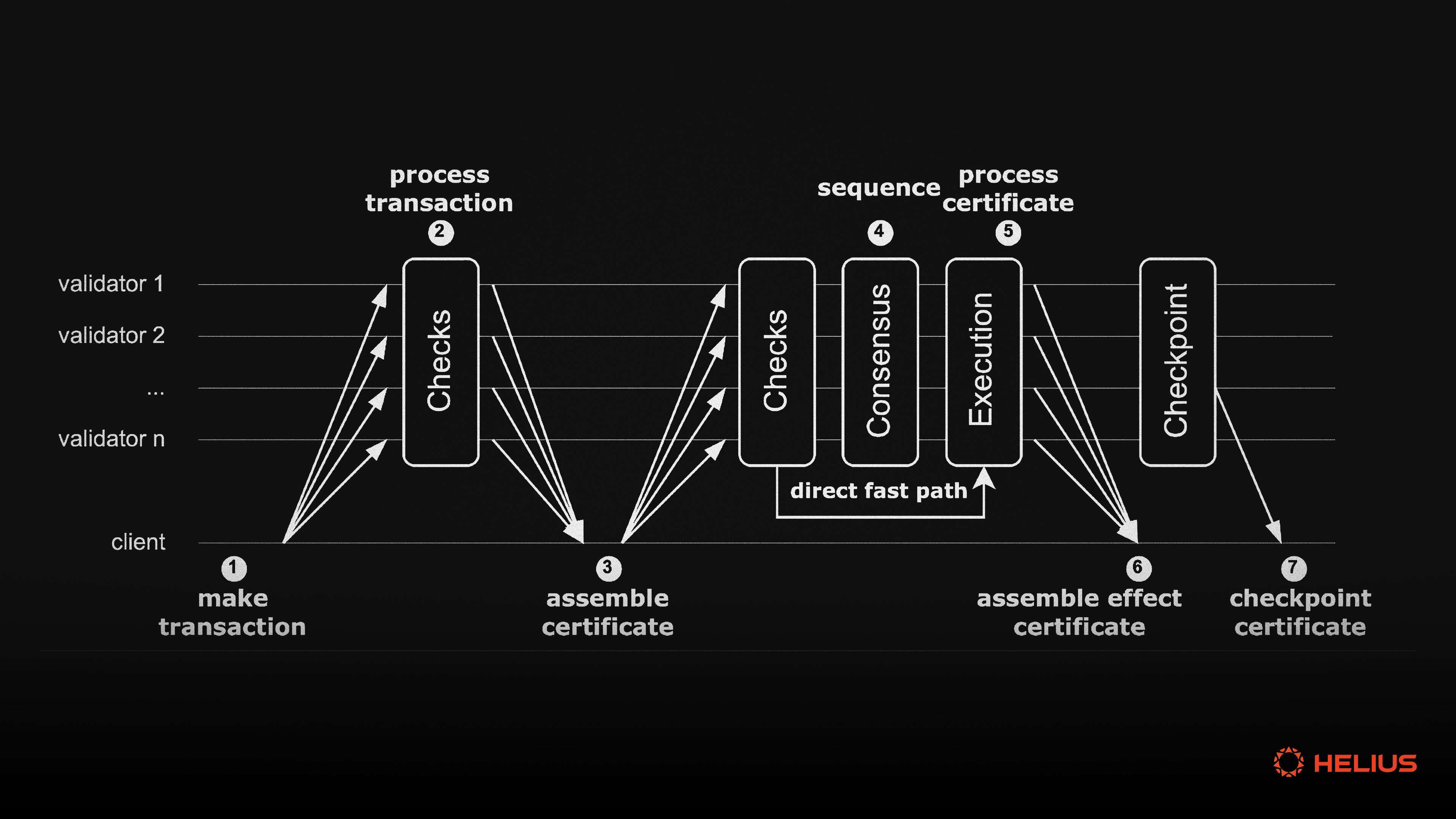
Reduced Transaction Latency: By allowing concurrent transaction processing, parallel execution minimizes wait times for users and applications, resulting in faster confirmation and settlement within zk rollups.
-
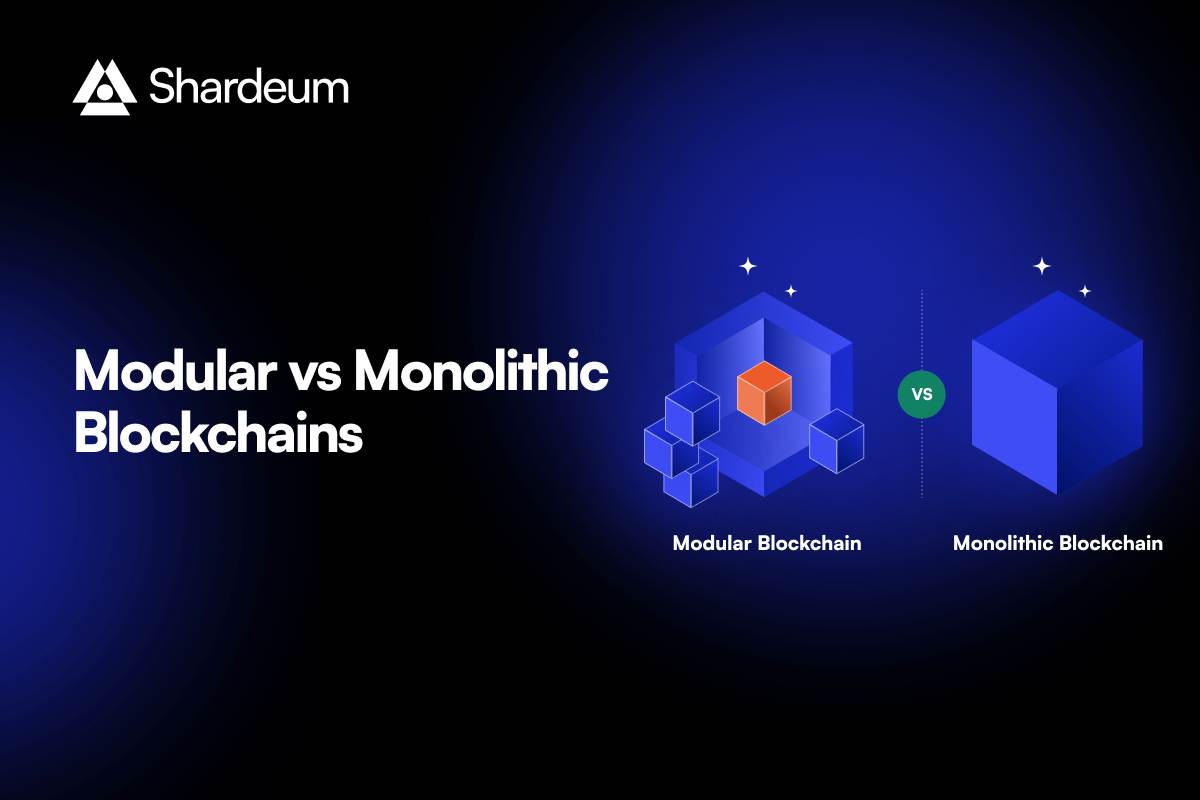
Enhanced Scalability for Modular Blockchains: Parallel execution empowers modular blockchains to scale efficiently, as independent execution layers can operate in tandem, optimizing resource utilization and supporting more users and applications.
-
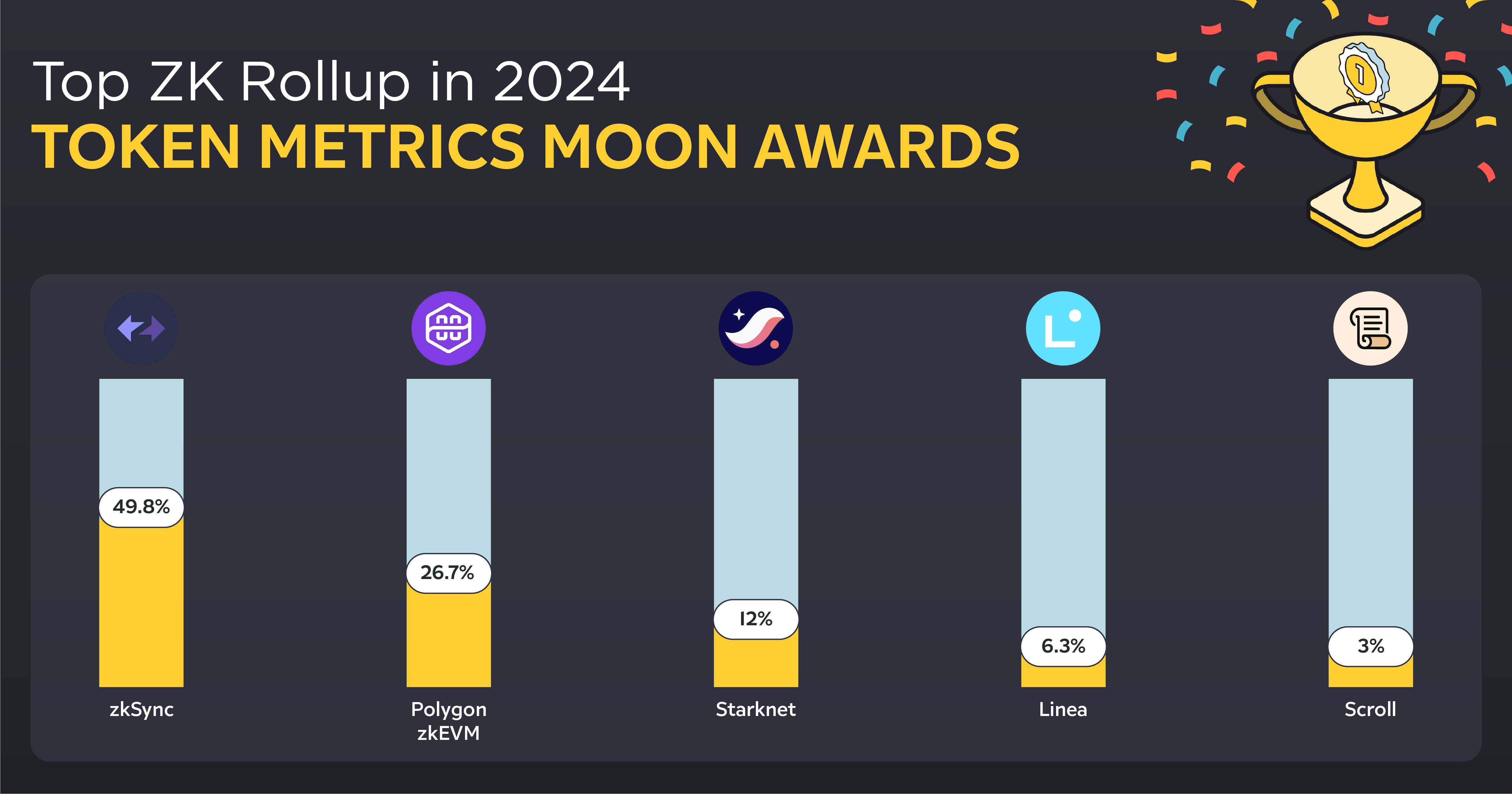
Accelerated Zero-Knowledge Proof Generation: Processing multiple transaction batches in parallel speeds up the creation of zero-knowledge proofs, enabling zk rollups to finalize blocks faster without compromising security.
-
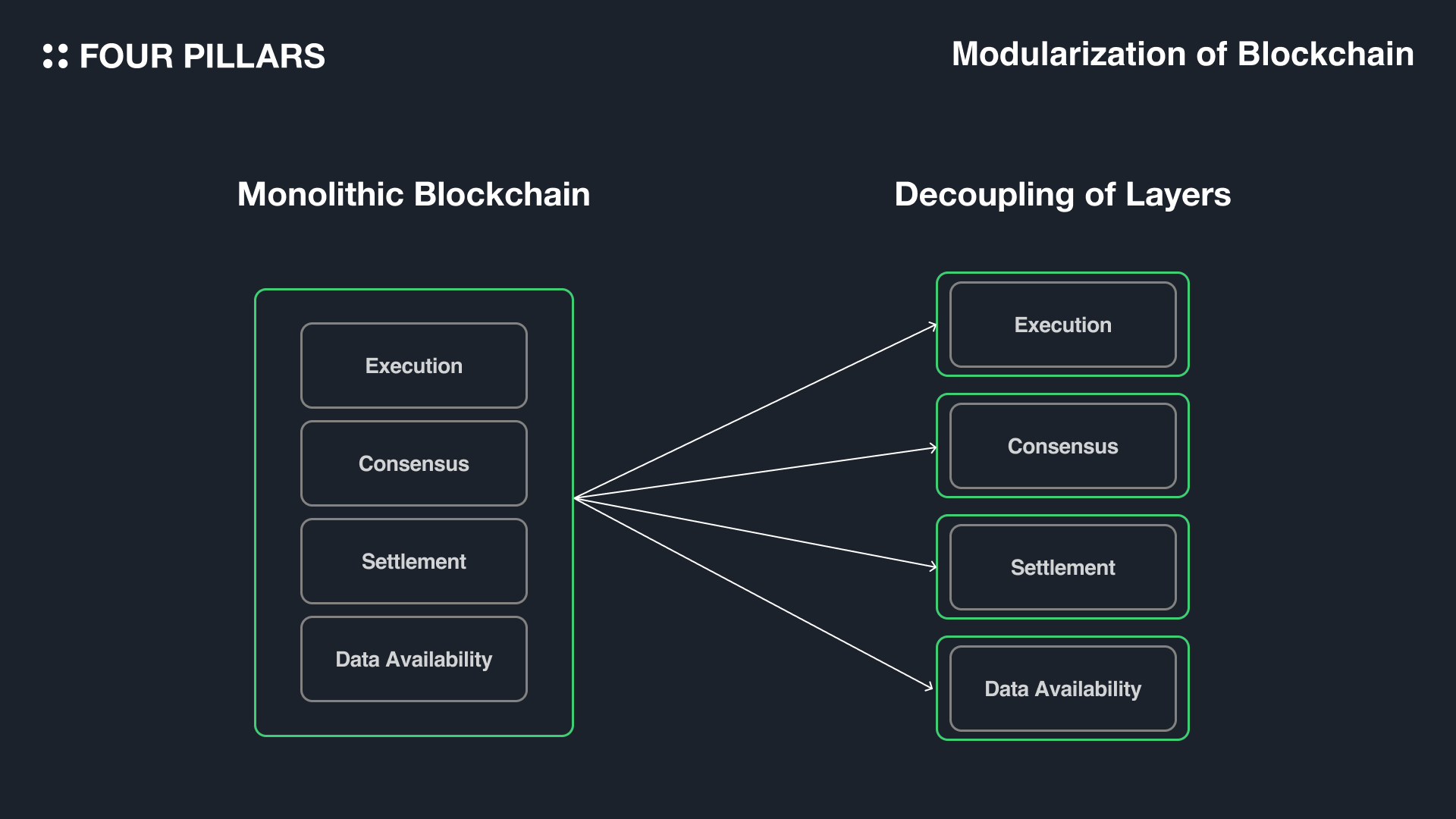
Optimized Resource Allocation and Efficiency: Modular blockchains with parallel execution can allocate computational resources dynamically, ensuring that execution, data availability, and consensus layers each operate at peak efficiency.
-
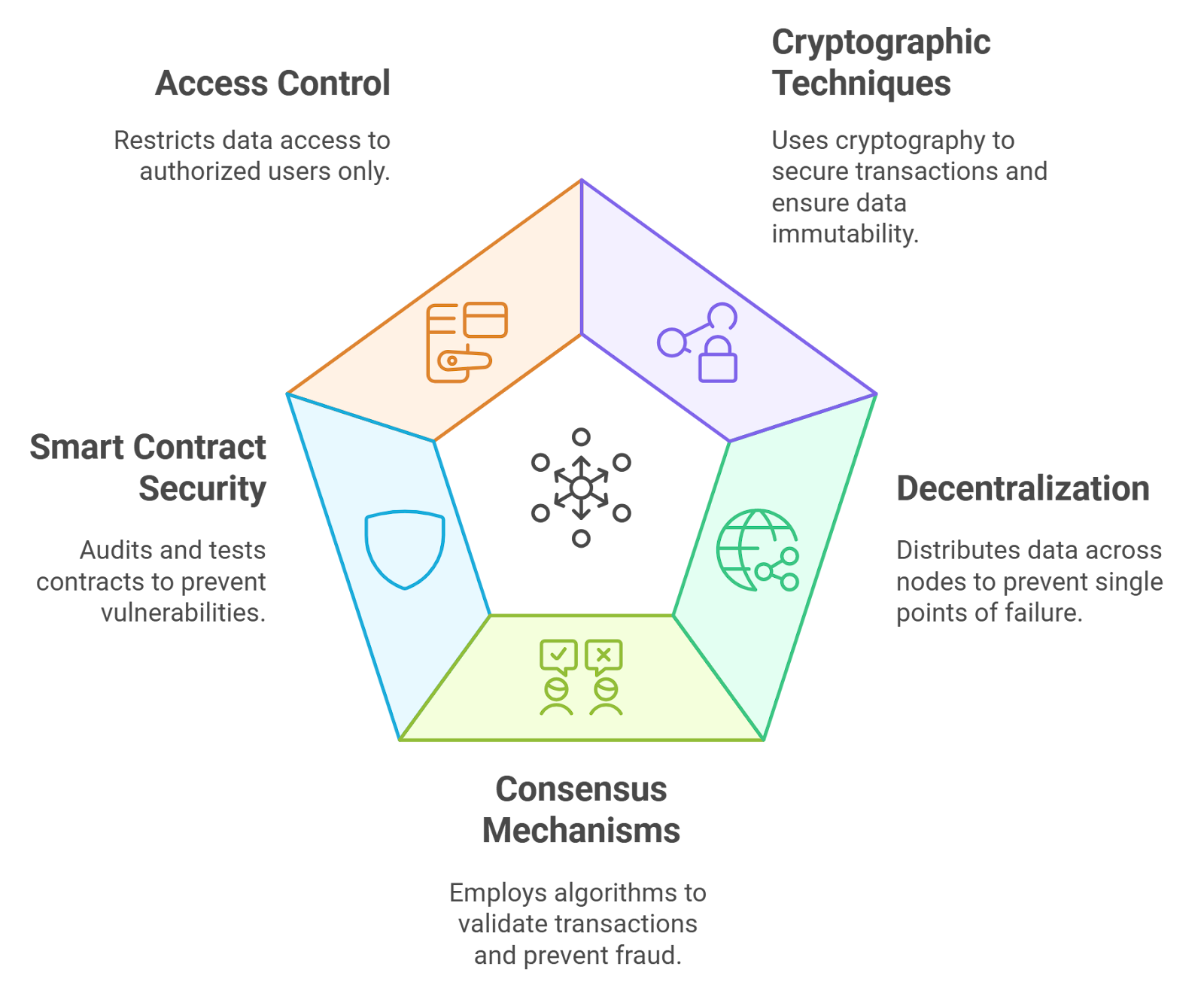
Maintained Security and Decentralization: Despite the increased speed and throughput, parallel execution in zk rollups preserves the cryptographic security and decentralized nature of the underlying blockchain, addressing scalability without sacrificing core principles.
Adoption is accelerating as both infrastructure teams and application developers recognize the real-world impact. In DeFi, parallelized zk rollups are reducing confirmation times and improving user experience on high-volume protocols. For gaming and NFT platforms, the ability to process thousands of microtransactions per second is unlocking new interactive possibilities that were previously unfeasible on-chain.
Challenges and Open Questions
Despite the promise, parallel execution introduces new technical and economic considerations. Transaction dependency management becomes more complex: ensuring that concurrently processed transactions do not conflict or introduce state inconsistencies is non-trivial. Developers must design robust mechanisms for state synchronization and conflict resolution, especially in environments where composability is a priority.
Additionally, resource allocation across parallel execution environments raises questions about optimal fee markets and validator incentives. As modular blockchains move toward production-scale adoption, these economic dynamics will shape both network security and user costs.
What’s Next for zk Rollup Scaling Solutions?
The roadmap for parallel execution in zk rollups is clear: deeper integration with data availability layers, further abstraction of execution logic, and continued evolution toward VM-agnostic architectures. Projects like Altius are already experimenting with memory-first blockchain designs and dynamic resource allocation, aiming to deliver Web2-like performance without compromising decentralization.
For investors and builders, the opportunity lies in understanding which protocols are best positioned to capitalize on these advances. The modular blockchain landscape is rapidly shifting; those who can harness parallel execution most effectively will define the next era of scalable, privacy-preserving decentralized infrastructure.
As the scaling race intensifies, keep an eye on how parallel execution continues to reshape both the technical foundations and economic models of the zk rollup ecosystem. The convergence of modularity, zero-knowledge proofs, and parallel processing is not just an incremental upgrade – it’s a fundamental reimagining of what blockchains can achieve at scale.
